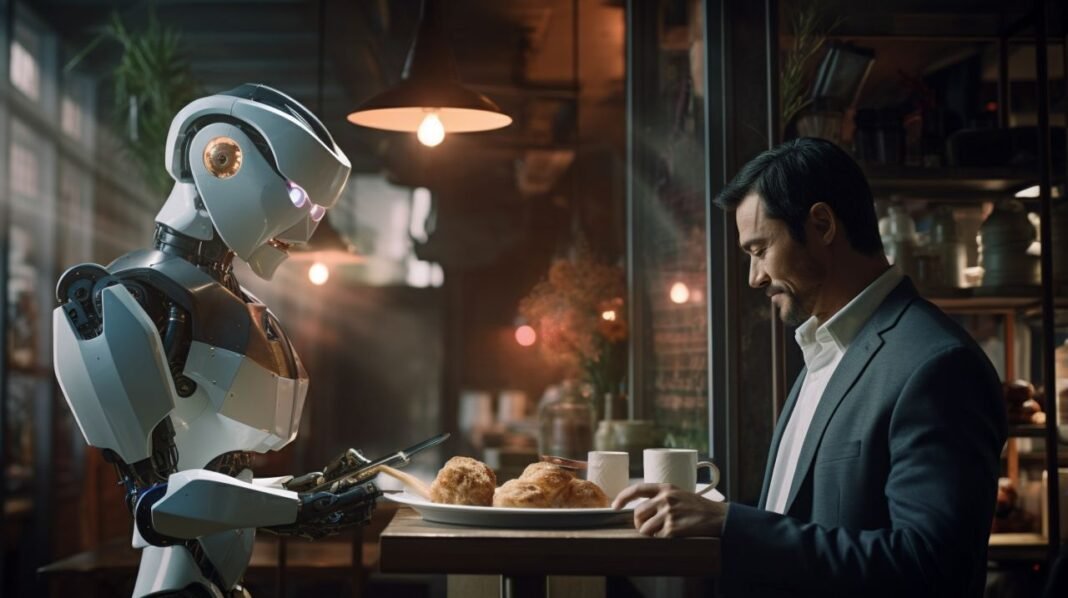Researchers at the University of Hertfordshire have developed a cutting-edge algorithm designed to help robots make more intuitive decisions based on their surroundings. Unlike traditional approaches, this algorithm enables robot to set their own goals.
The innovation lies in the way the algorithm unifies various goal-setting techniques under a single concept, directly connected to physics. It also ensures transparency, allowing others to study and adopt the method. This approach, inspired by chaos theory, positions the robot as the “master of the system’s chaotic dynamics.”
Revolutionizing Robotic Motivation Models
Published in PRX Life, the study delves into “motivation models” for robots, which imitate how humans and animals make decisions even without clear rewards. These AI formulas enable robots to determine their next actions without requiring specific instructions or human guidance.
Daniel Polani, Professor of Computer Science and lead author, explains, “In practical terms, for instance, this means we can now teach robots to play and manipulate objects autonomously, without being told to do so.”

Applications in Autonomous and Remote Robotics
Polani highlights further applications, such as enhancing the autonomy of robots in remote or inaccessible environments, like underground or space missions, where human intervention isn’t feasible.
The concept draws from the idea of “intrinsic motivation,” where behaviors arise from interactions with the environment, rather than learned rewards like food. This study successfully translates that theory into a form that robotic agents can use.
Polani adds, “What’s exciting is that we can now equip robots with mechanisms similar to those that help humans and animals solve new problems without prior experience. This opens the door to creating more human-like robots with intuitive decision-making processes.”
Empowerment Maximization: The Future of Robots Decision-Making
The underlying theory, known as “empowerment maximization,” has been in development at Hertfordshire for years. It suggests that by expanding their range of future possibilities, robots can make better long-term decisions, potentially replacing traditional reward systems.
While empowerment maximization shows promise, it’s still not fully understood or widely applied. Many studies rely on simulations, making it difficult to test the theory on complex systems. However, in contrast, this research offers an improved method to compute these motivations, thereby making it easier to create robots that behave like living organisms.
Looking ahead, Polani envisions using this breakthrough algorithm to help robot explore their environments, learn directly, and develop new skills that increase their value in real-world applications.
Also Read About –
AI boom may not have positive outcome, warns UK competition watchdog, CMA


